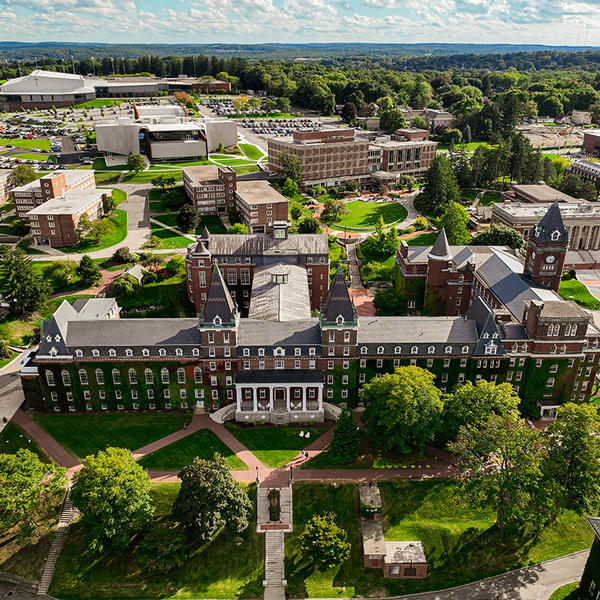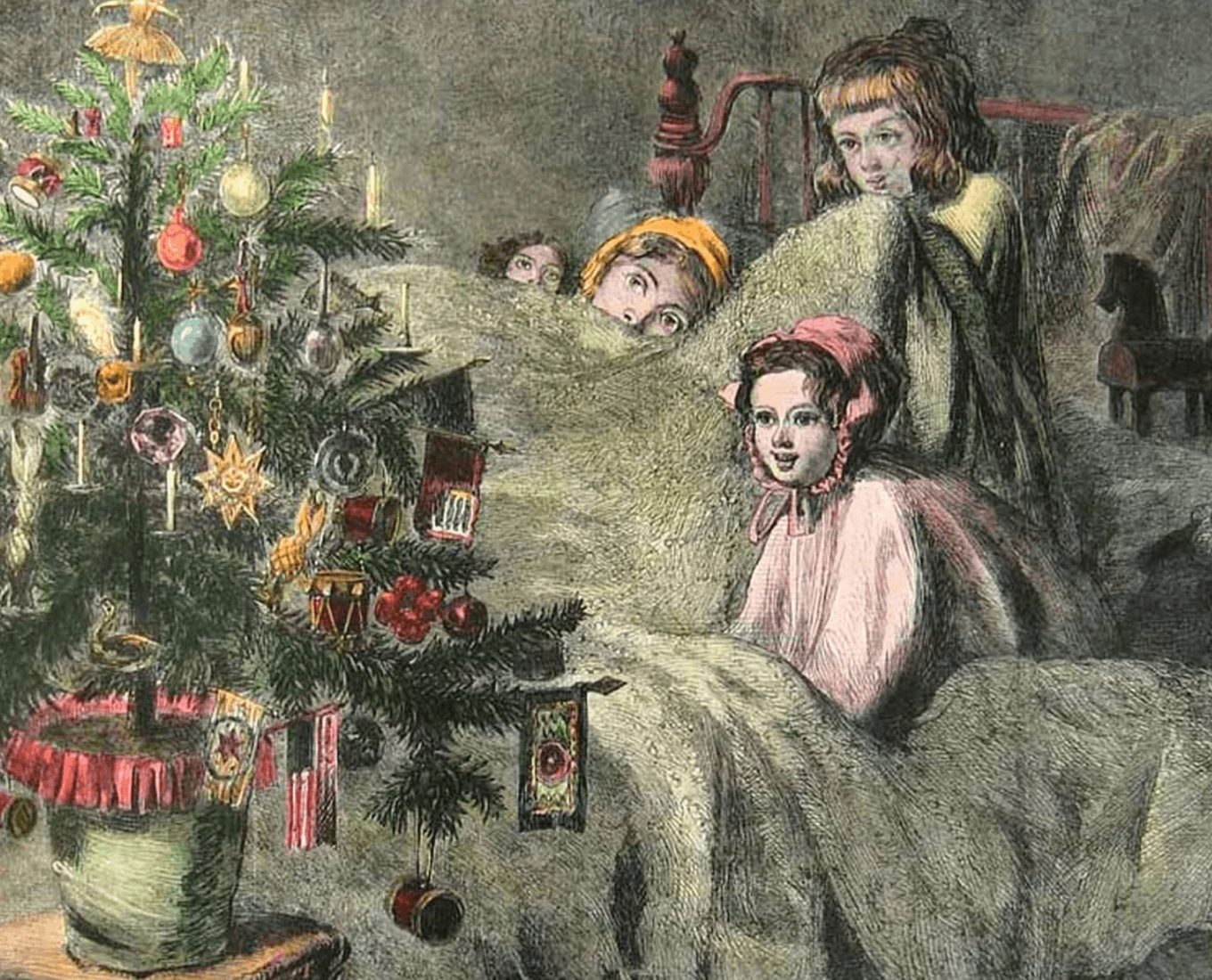Sarah Luria's students often tell her that fourth grade is the final time they hear about indigenous communities in a classroom.
While the sentiment likely carries a bit of exaggeration, Luria, a professor of English at the College of the Holy Cross, believes there’s more truth than hyperbole in the statement.
"I'm hoping, and my sense is that's beginning to change," Luria said. "There is so much great material for education and citizenship for younger students, but also college students, that should be part of being an American."
Last year a new asset was added to the Holy Cross and Worcester communities that can educate students of all ages about indigenous populations, and especially their relationship with the College. A partnership that included Luria, Thomas Doughton, senior lecturer for Holy Cross' Center for Interdisciplinary and Special Studies, Colin Novick, executive director of the Greater Worcester Land Trust and filmmaker Ian Kaloyanides (Media Resource Center) created a film documenting the history of Mount St. James, land that since 1843 has been home to the Holy Cross campus. The project was also in part funded by a grant through Scholarship in Action. Located in Worcester, Massachusetts, the land was originally known as Pakachoag ("at river bend") Hill and was home to the Nipmuc people.
The documentary, "Pakachoag: Where the River Bends," is a little more than 40 minutes in length and follows Doughton and Novick as they walk through the Holy Cross campus and surrounding areas, highlighting important sites to the Nipmuc.
One of the film's key points is the idea that while there are historical narratives of the Nipmuc people in the area, history often describes the tribe in the past tense, but they still are very much a part of the community.
"Our purpose here is to make visible the relationship between the indigenous people of Pakachoag Hill, Quinsigamond Village and the College of the Holy Cross," Doughton said in the film. "Our native people are often imagined either disappeared or romanticized, and we hope this work will problematize both of those notions."
Pakachoag, according to the film, was the largest of three indigenous communities in the area, composed of about 20 families, or 100 people.
The nearby Blackstone River, the body of water referenced in the Pakachoag's meaning: where the river bends, was known as Kattatuck or the Great River by the Nipmuc people. It provided the group with an avenue to connect with commerce south into Rhode Island, as well as a means to provide sustenance through fish. Not far from the river and campus, a spring offered fresh water.
Since the documentary's release, the Quinsigamond Band of Nipmuc in partnership with the Greater Worcester Land Trust have purchased the land associated with the spring. The film prompted the sale as the landowner saw new value in the property going back to the Nipmuc.
"He saw the film and the film made him think, 'This has historic value,'" Luria said.
The film's influence has trickled through campus, as well. Christian Bachez, a senior at Holy Cross, worked on the film and carries its lessons each time he walks through campus.
"There's a new perspective," Bachez said. "When I’m reading Holy Cross Magazine or looking at new pictures, I’m always, like, 'Whoa, I wonder what [the Nipmuc] used to use that spot for.' It’s having a new lens and new appreciation for it. I wish there was more documentation."
In continuing to tell the Nipmuc's story, Luria and Doughton are working with Holy Cross to create a website to document the Nipmuc on Pakachoag Hill. The website will not only educate users on Pakachoag, but also hopes to support further research into the two other Nipmuc villages of the Worcester region, Quinsigamond and Asnebumskit.
"It's great because what you got from the film is just the tip of the iceberg," Luria said. "People don’t know actually how much there is out there that you can research. Our goal is to share the rich archive of documents and images on which we based the film."
Holy Cross students in the past have utilized summer research projects to investigate further the relationship of the Nipmuc with Holy Cross and Pakachoag Hill, however, Luria hopes the film sparks even more student interest.
Bachez shared the documentary with his friends on campus, which immediately sparked a thirst for more discovery.
"The reactions were really cool. It was really moving to see that," he said. "For me, it's just something you never consider. It's sad now that they are kind of forgotten. It's moving that others also felt bad and now want to know more about it."
On-campus screenings of the film have generated different ideas for ways to expand upon its work, including the possibility of scholarships for indigenous communities, specifically Nipmuc people.
The producers of the documentary also edited down the film to a 7-minute version meant for first-year student orientation.
Faculty have already started showing the documentary in its entirety to their classes; some have also included in their syllabi a statement acknowledging that Holy Cross resides on Pakachoag Hill and an appreciation for the Nipmuc people.
"I think it's always important to know the place that you're at," Bachez said. "Why do you learn about history in general — to move forward and not make the same mistakes, and right the past if there were wrongs."
Holy Cross Spotlights Indigenous Living History via Documentary, Scholarship and More

Upcoming project includes a website to further the relationship between Nimpuc people, the College and the city of Worcester.
Read Time
4 Minutes


